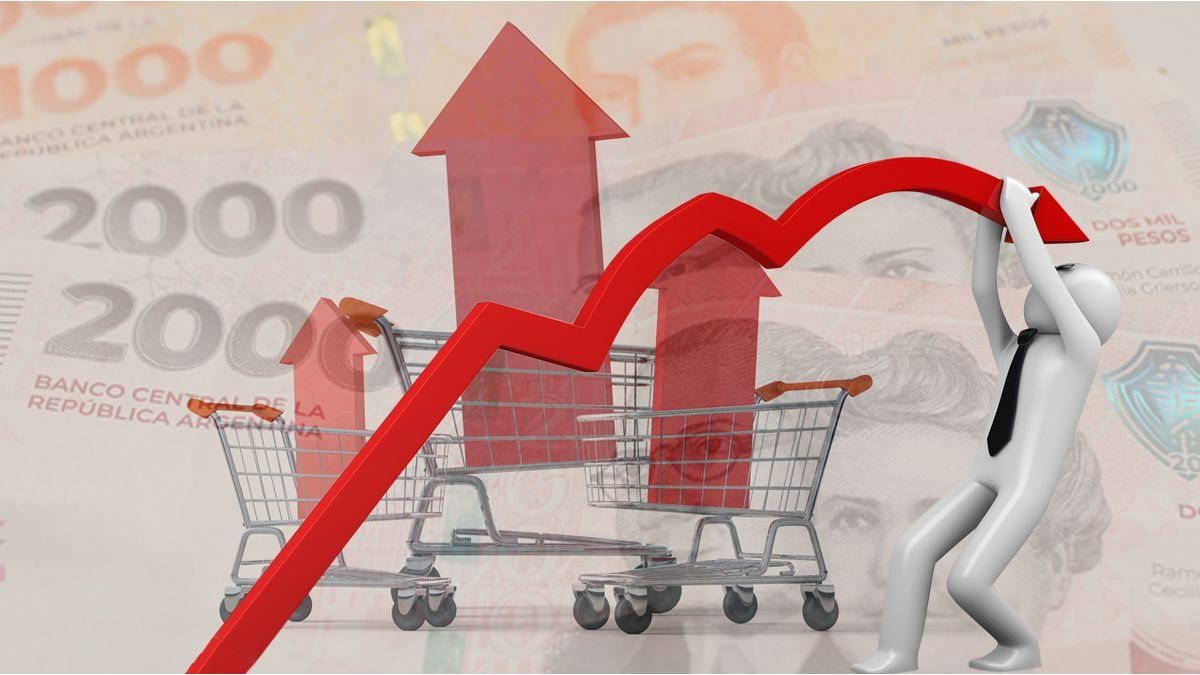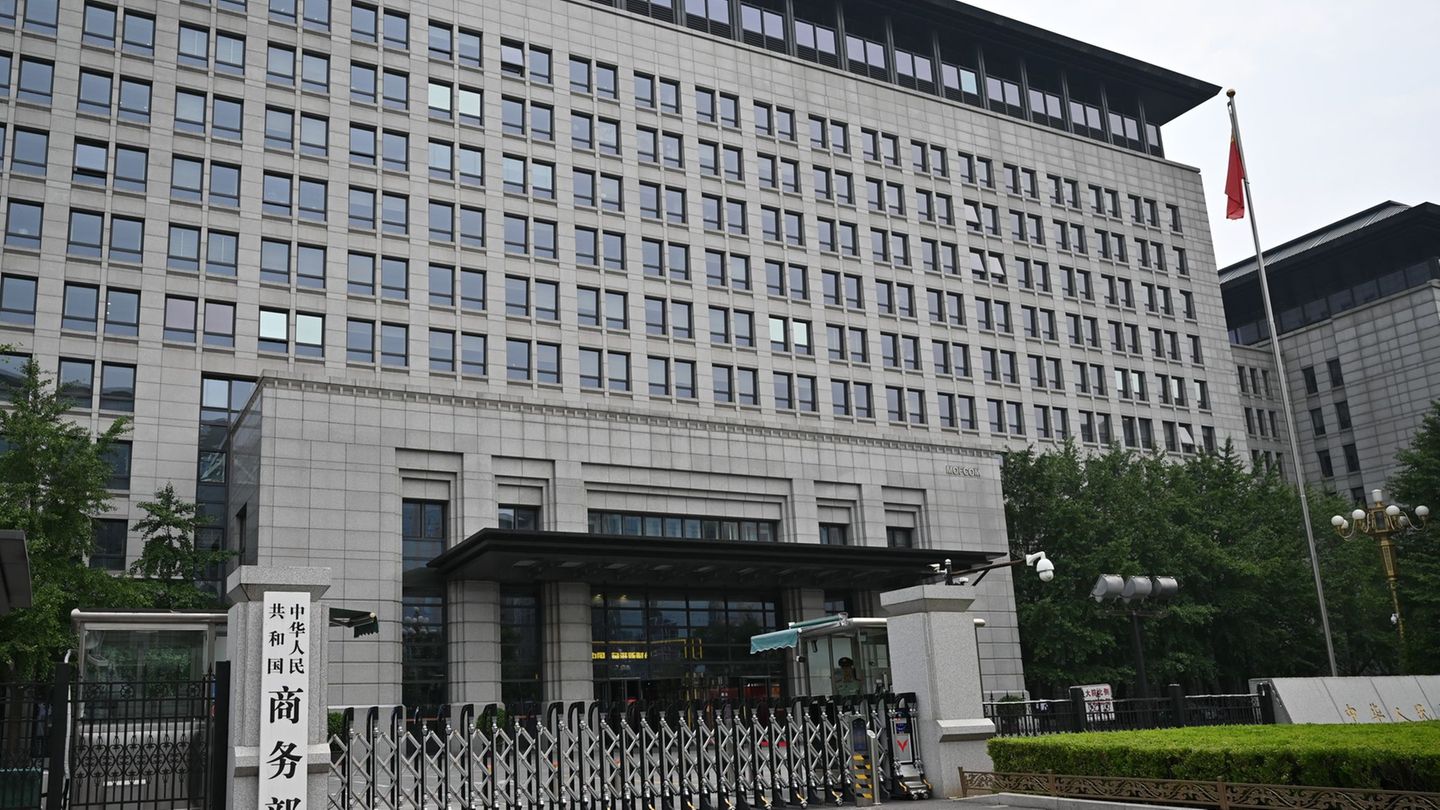The debate on the methodology to calculate the monthly inflation index returned to the center of the scene with the Minister of Economy, Luis Caputowho generated some controversy by pointing out that the promotions offered by the television networks supermarkets and pharmacies distort the statistical figures, thus making it difficult to precise calculation of price developments -in a slap on the wrist to the price makers with certain notes of intervention-.
And it is worth remembering that these statements emerged during a meeting with executives of these companies, where the increase in the cost of living was a central topic of discussion and the president Javier Milei He also spoke out on the matter.
The head of state pointed out that companies have increased prices considerably, but are now implementing strategies such as “three for two” or “two for one” to adjust them. According to Milei, This could lead to a misperception of inflation, as list prices could be declining despite the adjustments. Consequently, it suggests that if corrected for this effect, inflation would be in single digits.
At the outset, it must be said that he is somewhat right, but that element does not have a great determination in the final price dynamics, since it only affects the data that measures the Institute of Statistics and Censuses (INDEC), according to the economists consulted by Ambit.
However, the words of both Caputo and Milei reflect the Government’s desire to reduce inflation to single digits in the coming months and the chance to demonstrate a smaller increase in food prices than is actually reflected in INDEC data.
This becomes especially relevant after official data showed a monthly decrease and a consumer price index (CPI) of 13.2% for the month of February.
Promotions and the impact on prices
Lucio Garay Méndez, from EcoGo, He explains in dialogue with this medium that first it is important to distinguish between the inflation of what the INDEC reports and what it publishes in the CPI. He points out that the latter takes into account list prices and therefore if there is a good with a 30% discountthe INDEC reveals the list price when the consumer would be paying 30% less than the price on that list.
“The same goes for other promotions. Pay for fewer units than they take (3×2, 2×1, etc.) or discounts on additional units,” he says. And many times the price setters They don’t know when they are going to highlight and “What they do is upload them and then adjust with this type of promotions”, warns the analyst.
And, as he explains well, “the list price is less flexible than promotions and that makes the increases in list values relatively higher”. Therefore, in the survey of the price index published by INDEC, “this type of mechanisms makes the increases it takes greater than those actually paid by consumers”, analyzes Garay Méndez.
Two for one: an ancient practice
For its part, Camilo Tiscorniaeconomist and director of C&T Consultores, explains that “promotions have been going on for many years.” It is not something that started with the current Government, but he considers that “it is a practice that is favored by high inflation.”
Tiscornia maintains that when there is high inflation there is also a very large dispersion of prices, so it is common for the same product to have quite different prices depending on the place and time in which the user is going to pay it“It is typical of high inflation,” he indicates.
Pharmacy
Telam
“This characteristic leads companies to set the price they want and In any case, later they adjust with the promotions“, slips the economist. “This has always existed in Argentina, I insist, post 2001, I think it became accentuated over time and It is a dynamic typical of a high-inflation and very closed economy.”says Tiscornia.
How much do promotions really affect inflation?
For the economist Sebastian Menescaldi, what the Government is trying will not reduce inflation. What it refers to is that the economic team seeks in this way to reduce the effect of the variation in food prices next month on the data given by the INDEC.
For Menescaldi, this inflation would not decrease over timebut the Government has the chance to demonstrate a smaller increase in food prices than it really would be in the next data.
The economist maintains that the Government’s objective here would be that the average price actually paid by the consumer is similar to the list price, which would allow it to consolidate a slightly lower inflation in one month“due to this accounting or methodological issue that the IDEC has in measuring food prices against promotions,” as Garay from the same consulting firm explained.
However, Menescaldi is clear that it will not impact inflation, “will affect, is how INDEC will measure the evolution of prices in the short term”, he warns.
In this way it could be concluded that without the promotions there would be reductions in list prices, because “with the offers the reduction is hidden and is out of the reach of INDEC,” says Garay Méndez. There the Government’s discussion with the sector is explained a little and the implication for consumers who often have to choose to carry more units to access a cheaper price.
Tiscornia closes the consultation explaining that this practice “It is neither the cause of inflation nor the solution to inflation.”. For the economist, it is rather a product of it, “which obviously confuses and generates a huge problem regarding the information that prices transmit to you” because they are changing all the time. “It is a kind of derivation of high inflation”, he concludes.
Source: Ambito




